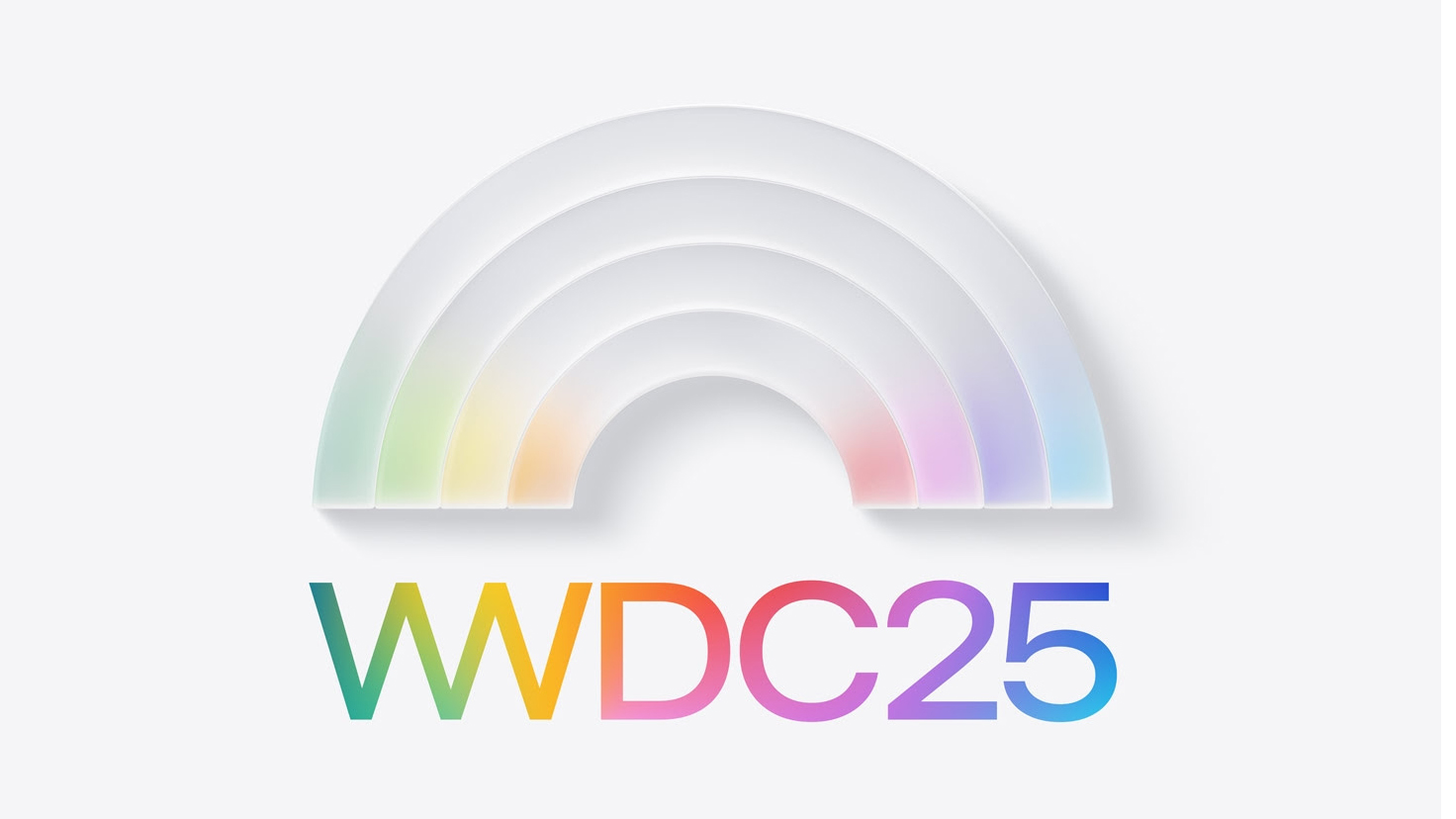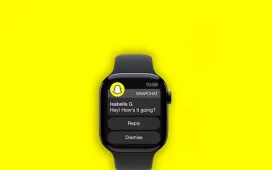When talk first surfaced in March that this year’s iOS update would feature very little in the way of consumer-facing Apple Intelligence features, it seemed hard to believe. Apple had put such an emphasis on AI at its 2024 developers conference, you would expect a similar push for WWDC 2025 — especially after Apple Intelligence didn’t exactly come roaring out of the gate.
Well, a lot has changed in the ensuing months, including the possibility that the update we thought was going to be iOS 19 will instead be renamed iOS 26. But just ahead of next week’s WWDC, it seems the possibility of Apple Intelligence being a major focus has become even more remote.
That’s my takeaway after a recent column by Bloomberg’s Mark Gurman, in which the well-sourced reporter contends that Apple “will do little at WWDC to show it’s catching up to leaders like OpenAI and Google.” Developers will reportedly get access to Apple’s large language models to incorporate AI features into their apps, and we’ve heard talk that some features, like new iPhone battery management capabilities, will tap into AI. But otherwise, words like “letdown” and “gap year” are being bandied about.
On the surface, it still seems like a remarkable reversal on Apple’s part, particularly in light of last month’s AI-heavy Google I/O event, where one of Apple’s chief rivals spent two hours demonstrating just how far ahead of Apple it is when it comes to integrating artificial intelligence into everyday activities. To go light on Apple Intelligence at WWDC 2025 would seem to relegate Apple to also-run status.
Even so, if you look a little more closely at where Apple is with its AI efforts, the company may have no other choice.
A year of Apple Intelligence

A charitable recap of the year since Apple previewed its AI tools would describe the efforts as “hit and miss.” As I’ve noted before, there are some Apple Intelligence features I really like, such as email summaries of long back-and-forth exchanges and Visual Intelligence, especially now that the image recognition feature works on the iPhone 15 Pro and iPhone 15 Pro Max after initially being limited to iPhone 16 models.
But for the most part, Apple Intelligence additions like Writing Tools, Image Playground and Genmoji are basic at their best and frivolous at their worst. I also get the sense that they haven’t added much over time, at least if my experiences with Image Playground and Memory Movies are anything to go by. As a result, it’s too easy to just ignore Apple Intelligence features — to go about using your iPhone like you always have.
That’s not Apple’s biggest miscue with Apple Intelligence, though. Instead, the biggest problem is that some promised features — like an AI-infused revamp of the Siri personal assistant — never actually materialized. We were told Siri was going to work across multiple apps and understand our personal data, but now Apple says it needs more time to get that feature working properly. At this point, we may not see substantial changes to Siri until 2026.
And that might explain why Apple is so reluctant to make much of a fuss over Apple Intelligence at WWDC 2025. The company faced some serious backlash for previewing AI features that weren’t ready to ship last year. It probably decided that a repeat would further damage its credibility, which could have greater long-term consequences than if it shows off very little.
What Apple does next

If there’s any consolation to this year without significant Apple Intelligence updates, it sounds from Gurman’s reporting that Apple has plenty of irons in the AI fire. The company is reportedly working on a new version of Siri’s architecture so that the personal assistant can better execute those features we were promised last year. The Shortcuts app is getting a revamp, too, that will work with more Apple Intelligent features. Beyond that, there’s an AI-powered health coaching feature and an Apple-built chatbot in development.
The trouble is, none of this stuff is likely to be ready this year — at least not to the point where Apple likely feels confident about showing it off in public again. So we’re back to a WWDC 2025 keynote that’s going to largely focus on massive software redesigns, with AI playing a supporting role at most.
I can certainly understand Apple’s motivation for keeping things low-key, and I appreciate how events like this are geared toward accentuating the positives, rather than dwelling on what went wrong. Still, if Apple’s looking to re-establish credibility, it should address the AI-shaped elephant in the room next week.
I’m not talking about Apple executive Craig Federighi appearing on stage at WWDC in a hairshirt or cuts to other Apple higher-ups in the crowd rending their garments in penitence. But acknowledging publicly that Apple is taking a step back to make sure the next major AI feature push is done right would restore some confidence in Apple Intelligence’s future.
A WWDC 2025 keynote without much in the way of Apple Intelligence isn’t going to do much to dispel the notion that Apple’s an also-ran in the AI race. But the way you minimize that perception is to let people know you’re coming back strong in 2026.







